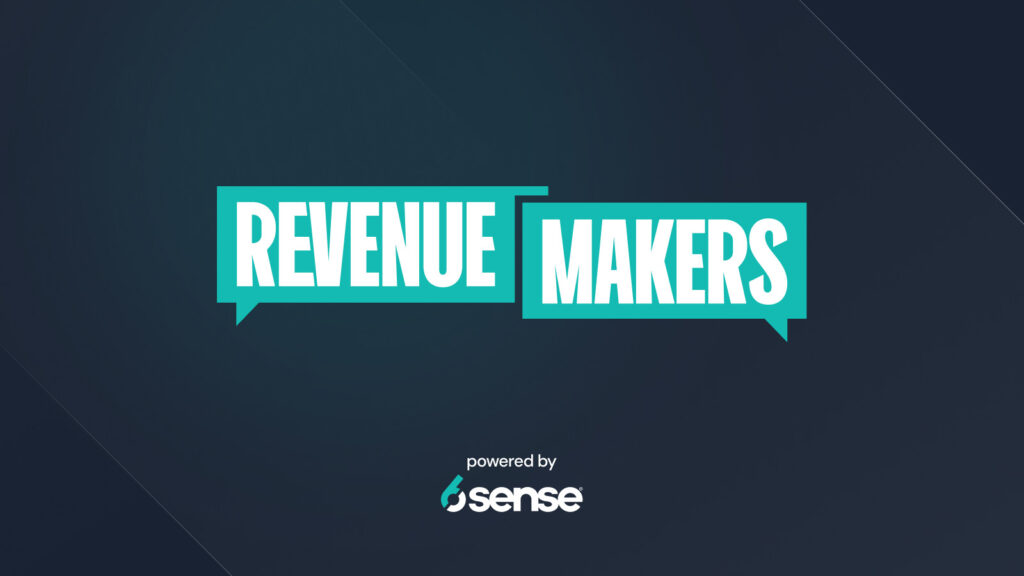Customer experience (CX) is the overall impression a customer has when interacting with a brand, product, or service. It is the sum of all the interactions and touchpoints the customer has with a business, from initial inquiry to purchase, delivery, use, and post-sales service. It encompasses the customer’s perception, emotions, and feelings throughout the entire journey.
Why is Customer Experience Important?
Customer experience is an invaluable asset for any business. Customers that have a positive experience with a company are more likely to purchase from them again and recommend them to others, which can lead to increased sales and higher profits.
Additionally, a favorable customer experience can lead to improved customer relationships, allowing for better communication and collaboration. By creating a positive customer experience, businesses can increase customer satisfaction, build customer loyalty, and gain a competitive advantage.
CX vs. UX
Customer experience and user experience (UX), while both significant to any B2B organization, are distinct in their purposes.
- CX focuses on prospects and customers, while UX focuses on a product’s end users.
- CX focuses on account engagement across channels, while UX focuses on user interaction with a product or service.
- CX helps to nurture customer relationships, while UX helps to improve product features.
| Customer experience | User experience |
| Focuses on prospects and customers | Focuses on end users |
| Focuses on engagement across channels | Focuses on interactions with products |
| Nurtures customer relationships | Improves product features |
How to Measure Customer Experience
Measuring customer experience takes effort but can have a huge impact on performance across sales, marketing, product, and customer success.
- Customer satisfaction (CSAT): Surveys and reviews on sites like G2 gauge how customers feel about a business’s process, products, and support.
- Customer lifetime value (CLV): Historical customer data, including purchase frequency, and average order size, help to identify trends in attrition.
- Time to resolution: The average response time for customer issues, queries, or requests may reveal issues in the customer support process.
- Customer effort score (CES): Customers rank their interaction with a business or its products and services as easy, neutral, or difficult.
How to Improve B2B Customer Experience
Based on the results gathered from surveys and research, businesses should use these practices to improve their customer experiences.
- Don’t just look at customer feedback — use it to make positive change.
- Create relevant, helpful content for both prospects and customers.
- Invest in technologies that simplify the customer journey.
- Use learnings from customer churn to better serve customers.
- Make updates to the customer experience incrementally; change, measure, adapt.





